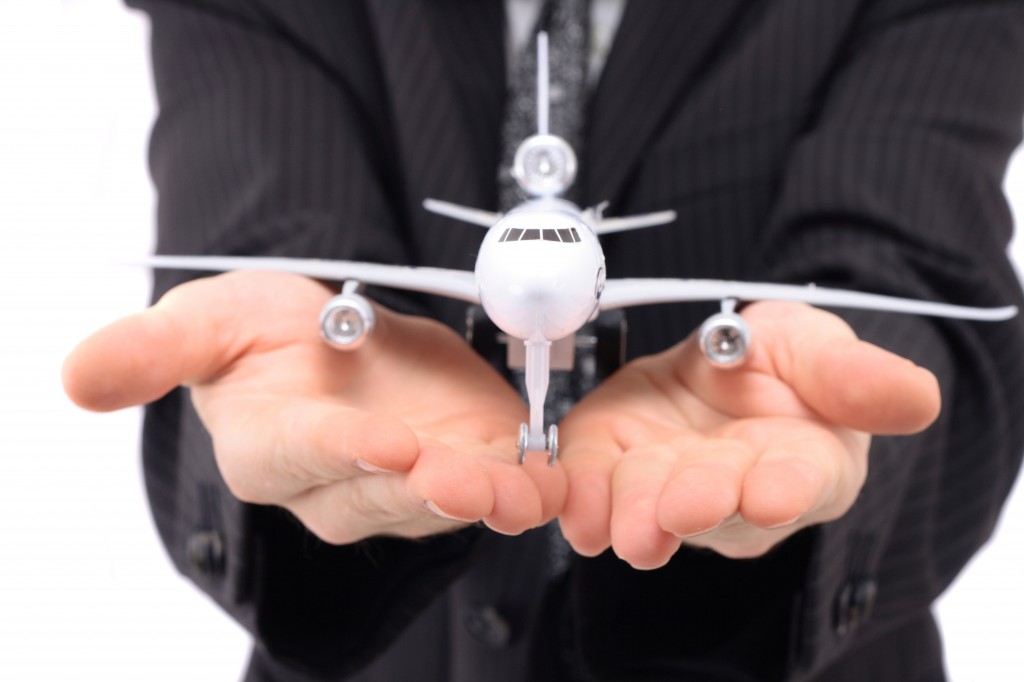All Commercial Air Transport Operators (CAT) are required to have a Quality Assurance Function which in a EASA Regulation 2012/965 Compliant Organisation is typically referred to as a Compliance Management Function.
This duty is performed by the Compliance Manager, together with a Safety Management Function which is in fact the responsibility of the nominated persons. (who we previously referred to as the Post Holders)
The Nominated Persons are in fact supported by the Safety Manager, who’s role is to act as a service provider ensuring that the management team is provided with all necessary support and resources which typically includes: Documentation, Training, Hazard Identification and Risk Management Facilitation.
So we have the two functions (and yes we accept that both functions may be adequately delivered by the same person) The Quality Compliance Manager is essential ensuring that the organisation remains compliant with all regulatory obligations both external to the organisation and internal within the processes and procedures of the organisations documentation, and the Safety Manager function who is essentially looking at organisation risk.
What is the difference between compliance and risk?
Compliance ensures we are following the rules so it is essentially based on standards, means are we complying or not – generally it is quite straightforward and really should not generate any conflict. Risk on the other hand is very subjective and the associated interpretation can easily vary from one person to another, as a result risk analysis, management together with the development of the required mitigations.
So we have the Quality Department performing audits and the Safety department performing audits – are they different?
The answer is sure they are different, in fact a safety audit while focusing on Risk is speculating or anticipating regarding the associated exposures which need to be considered in terms of threat they pose to the business, the individual or even the balance sheet.
So where is the join?
Well the reality is that the Quality Audit or Compliance Function and the Safety “Risk Assessment” Function are absolutely complementary. Bringing a shared awareness of the Quality related findings together with the perceived risks can be hugely beneficial so much so that an effective business process would be to share all Safety Management System Risk Assessments as well as the outcome of all Quality Audits. If we did this it would almost create a “second look” which would drive significant advantage without necessary delivering much of a cost burden.
Sofema Aviation Services currently offers more than 20 Safety Management system related courses for details please see www.sassofia.com or email office@sassofia.com




